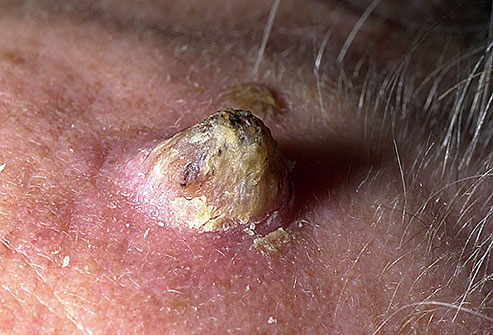Cutaneous Horns are very common skin lesions that I encounter on a daily basis in both my The Woodlands dermatology and Conroe dermatology offices. Essentially, Cutaneous Horns appear like a horn growing out of the skin as the stratum corneum (top layer of the epidermis) thickens and extends to produce a keratotic horn like structure. The most common anatomic areas where Cutaneous Horns are encountered are on the face, scalp and hands. The underlying base of the Cutaneous Horn determines the etiology of the lesion producing the Cutaneous Horn. In 60% of Cutaneous Horns, the underlying base is benign ranging from seborrheic keratoses, warts, molloscum contagiosum, and angiokeratomas. In 20% of Cutaneous Horns, the underlying base is an actinic keratosis. In the final 20% of Cutaneous Horns, the underlying base is a squamous cell cancer or basal cell cancer. Thus, I typically biopsy all Cutaneous Horns as the rate of malignancy is very high.
February 6, 2011




